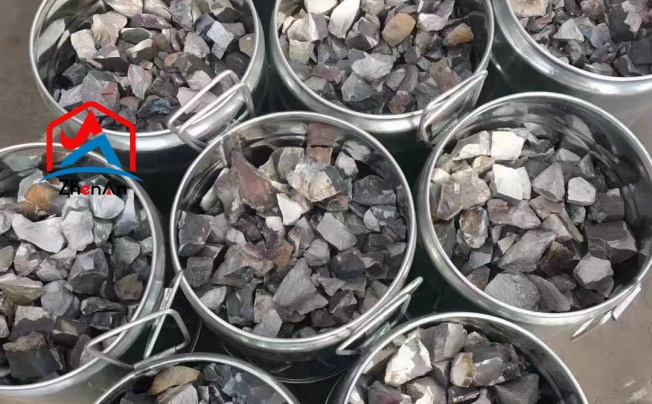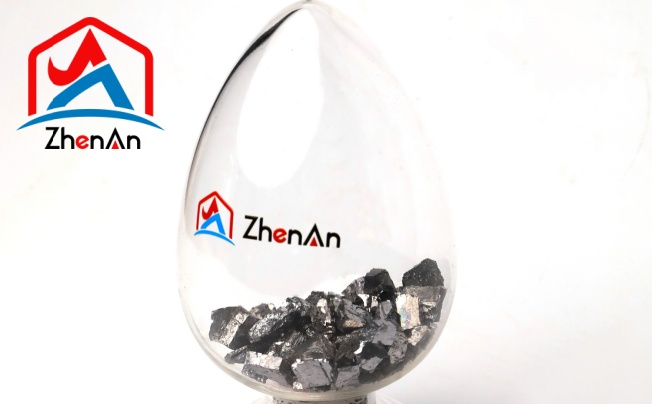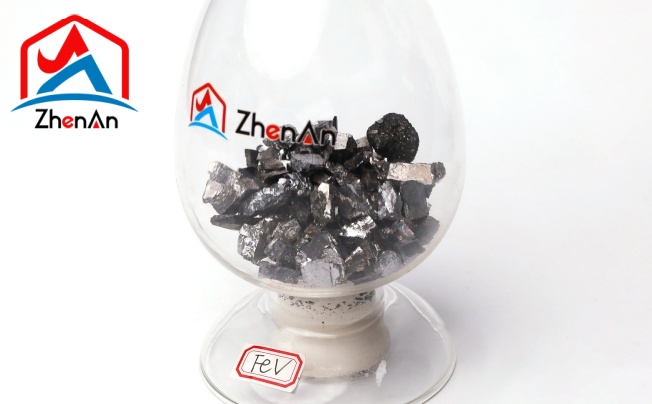What is Silicon Metal 97?
Metal silicon 97 is a non-ferrous alloy additive that is extensively utilized in many different sectors. It is also referred to as faulty silicon or industrial silicon. It is a glossy, grey, semiconducting metal that contains a lot of silicon—up to 98.99%, on average. With an average purity of almost 97%, Silicon Metal 97 guarantees constant quality and removes impurities that can interfere with metallurgical processes. It is important to remember that higher purity is needed for semiconductor applications, and this can be accomplished by adding more purification steps.
Metal Silicon 97 Production Status
The pickling, solution corrosion, slag treatment, powder metallurgy, gas blowing, energy beam (plasma, electron), directional solidification, silicon alloy, high-purity raw material, sodium reduction, aluminothermic reduction, and electrolysis methods are the main hydrometallurgy techniques used in the traditional 97 metal silicon smelting process. The quality of 97 metallic silicon products is impacted by the aforementioned smelting method, which is ineffective at removing multiple impurities at once and frequently only works on specific impurities. It also falls short of meeting the standards for metallurgical-grade high-purity silicon.
The procedures for smelting 97-metal silicon are as follows: a. Turn on the submerged arc furnace’s electricity, warm up the furnace body to a temperature of 500 to 700 degrees Celsius, and then crush, screen, clean, and dry the raw materials for silicon ore before adding them to the ore. within a heated oven.
- Fill the submerged arc furnace with the combined materials, and then increase the temperature to 1600–1900°C to initiate a reduction reaction through melting and calcination.
- The slagging agent is injected from the feed end after the reduction reaction is finished, the submerged arc furnace is heated to 1200°C–1400°C, and a chemical process takes place for slagging refining. The mixed liquid is left to stand once the slagging refining process is finished, and the silicon liquid begins to layer and float.
- The silicon liquid exits the submerged arc furnace through the outlet after slagging and purifying. The water cooling equipment is activated to carry out directed solidification during this procedure.
- Make use of the fact that the impurity equilibrium segregation coefficient in the silicon liquid crystallization process is significantly less than 1, and employ the directional solidification technique to continually separate the impurities into the silicon liquid from the solid-liquid interface. Once every bit of silicon liquid has crystallized, remove it mechanically. The portion of metallic silicon with an impurity concentration of 97 is high.
Metallic silicon is produced in a straightforward and uncomplicated manner. It meets the requirements for metallurgical grade high-purity silicon by reducing the silicon ore using a blend of charcoal, petroleum coke, and bituminous coal, combining it with slagging refining, and using directed solidification to eliminate several impurities at once. As a result, 97 metal silicon products have even higher quality and are now fit for industrial manufacturing.
Applications of Silicon Metal 97
- Smelting Material: Silicon Metal 97 is frequently utilized in the smelting of special steel and aluminum ingots. It serves as an additive to raise the smelting processes’ effectiveness in certain sectors.
- Metallurgy: The metallurgical sector frequently uses Silicon Metal 97 as an alloying agent. By making alloys lighter and stronger, it improves their characteristics, including the strength of aluminium alloys.
- Refractory Material: To increase heat resistance, wear resistance, and oxidation resistance, Silicon Metal 97 is used in the refractory material business. Refractory materials’ qualities are improved, making them more resilient and appropriate for high-temperature applications.
- Chemical Production: Silicon Metal 97 is utilized in the production of silicone rubber, silicone resins, and lubricants. It improves these products’ ability to withstand heat, electrical insulation, corrosion, and water.
- Electronic Industry: The electronic industry uses Silicon Metal 97 as a raw material to produce ultra-pure silicon. It is essential to the manufacturing of solar cells and technological devices.
- Additional Uses: Silicon Metal 97 is employed in a number of different metal smelting procedures as a reducing agent. To increase heat resistance, wear resistance, and oxidation resistance, it is used in the power metallurgy sector.







